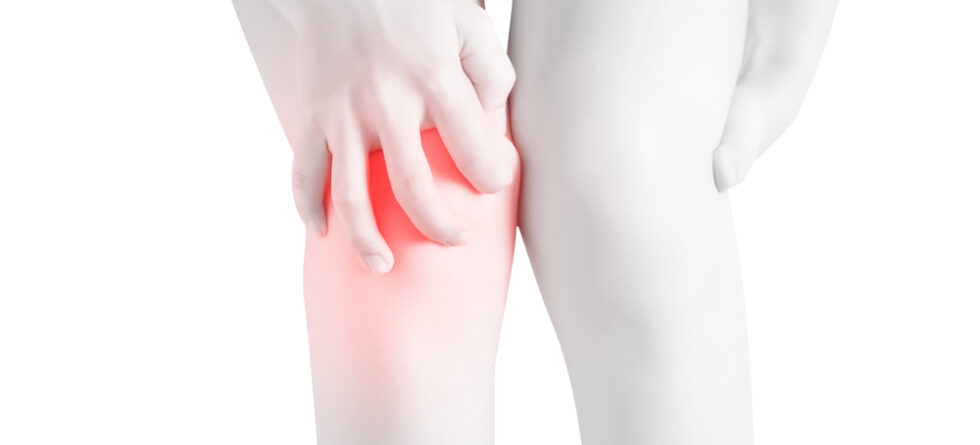If a knee MRI shows no abnormalities, yet the individual is still experiencing pain, it can be frustrating and puzzling.
There are several potential reasons why this might occur…
- Soft Tissue Injuries Not Detected – While MRI is an excellent tool for detecting structural abnormalities like ligament tears or cartilage damage, it may not always pick up on subtle or small soft tissue injuries. This could include issues like minor ligament sprains, tendonitis, or small tears that aren’t visible on the scan.
- Muscle Imbalances or Weakness – Pain in the knee can sometimes be due to muscle imbalances or weaknesses around the joint. These issues may not show up on an MRI but can contribute to improper biomechanics and increased stress on the knee joint, leading to pain.
- Neurological Factors – Sometimes, pain in the knee can be due to neurological factors rather than structural issues. This could include conditions like nerve irritation or referred pain from another part of the body. These causes may not be evident on an MRI focused solely on the knee.
- Functional Issues – Pain can sometimes arise from functional issues related to movement patterns or biomechanics during activities like walking, running, or squatting. These issues may not be apparent on a static MRI but can become apparent during dynamic movements assessed through physical examination or specialized testing.
- Psychological Factors – Pain perception can be influenced by psychological factors such as stress, anxiety, or depression. These factors may not be visible on an MRI but can contribute to the experience of pain.
- Inflammatory Conditions – Inflammatory conditions like synovitis or bursitis may not always be visible on an MRI, especially if they are in the early stages or if the inflammation is mild.
- Degenerative Changes – Sometimes, knee pain can be due to early-stage degenerative changes that aren’t yet detectable on an MRI. These changes may become more apparent over time as they progress.
In cases where the MRI shows no abnormalities but the individual is still experiencing pain, further evaluation by a healthcare professional, such as an orthopedic specialist or a sports medicine physician, may be necessary. This evaluation may include a thorough physical examination, functional testing, and possibly additional imaging studies or diagnostic procedures to identify the underlying cause of the pain.




